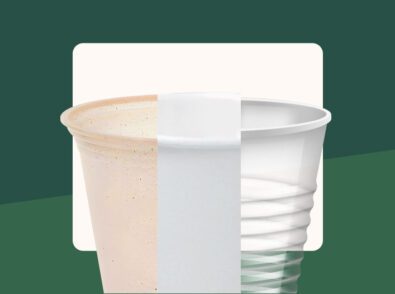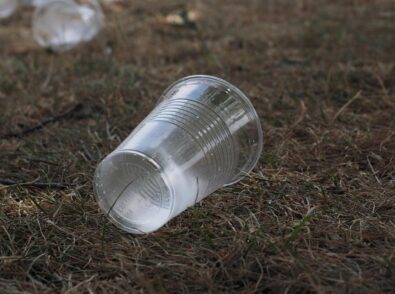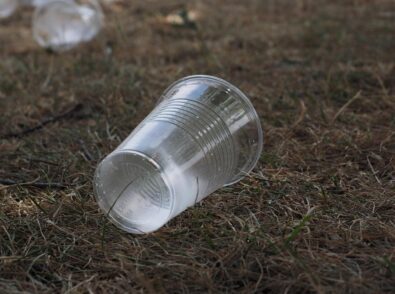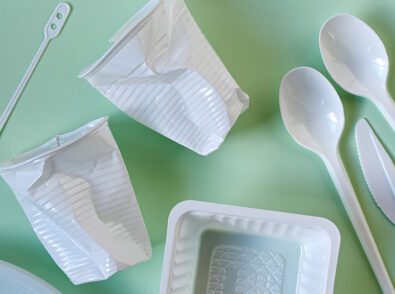Greenprint’s Eco-Friendly Cup Buying Guide
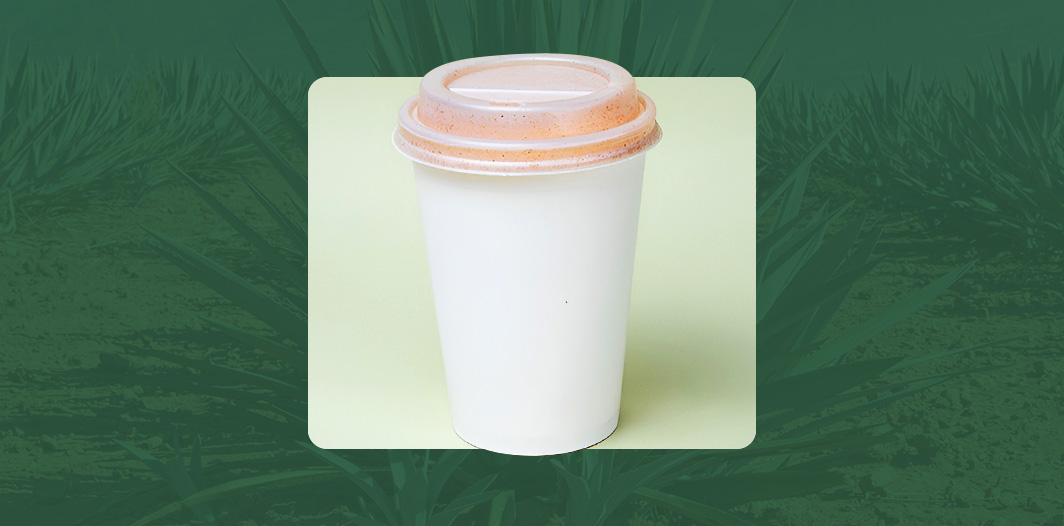
Buying disposable cups ensures you have enough drinkware for all your guests, allows you to fill to-go orders, and saves time that would otherwise be spent washing regular cups. In general, their lightweight nature makes them very portable and stackable. However, the exact advantages you see from buying single-use cups vary based on the material you select.
Let’s break down everything you should consider when purchasing disposable cups, from material to disposal to design. Make the best choice for your needs and the planet.
Determine the Occasion
Are your guests expecting a casual or elevated experience? The answer will influence the type of cup that best suits your needs. Disposable cups are perfect for events like:
- Parties
- Birthday celebrations
- Picnics and barbecues
- Weddings
Business owners also use convenient disposable cups for their customers, especially in the context of takeout. You can increase brand recognition by featuring your logo or brand colors on your cups. When determining your disposable cups’ functionality and designs, think about what will affect your customers, including:
- Expectations for how your cups should look
- What drink sizes you offer
- Whether cups need to hold hot liquids, cold drinks, or both
- Whether customers will expect a to-go lid or straw
- Expectations for environmentally friendly products
Quantity Needed
If you’re planning an event, estimate the number of guests and have at minimum one disposable cup per person. You might opt for two to three cups per person to be safe—especially if the drinks are self-serve—because not all guests will hang onto their original cups. Some guests might forget where they left their cups and need a new one, while others will toss them without realizing they can be used for refills and new drinks.
Businesses often benefit from buying cups in bulk. Depending on how many people you typically serve, choosing a large quantity allows you to save money, reduce reordering frequency, and keep business moving without interruption.
Material
Guests and customers expect drinkware made of any material to be sturdy throughout their experience. Consider how various materials perform when exposed to hot and cold drinks, as well as how you plan to get rid of used cups. Disposable cups are made of various materials, from oil-based plastic to plant fibers.
Since different materials have different end-of-life classifications, it is important to use proper disposal methods so the disposable cups can efficiently degrade or be recycled into new material. Read the product label for your specific product’s end-of-life guidelines. To encourage guests and customers to correctly dispose of their cups, you could place labeled recycling or compost bins nearby. Providing a clear way to dispose of eco-friendly alternatives helps prevent guests from throwing everything away in a regular trash bin.
Plastic Cups
Plastic cups are a popular option because they are versatile and cost-effective. Different types of plastics have unique properties, so look for the numerical recycling code on your styrofoam or plastic cup to determine whether it can be recycled.
However, it is important to note that plastic is a pollutant. Making plastic cups from nonrenewable fossil fuels contributes to climate change and greenhouse gas emissions and resists decomposing in landfills. When plastic cups hold hot drinks, there is a risk of microplastics and chemical leaching. For the safety of your guests and the planet, consider an eco-friendly alternative.
Agave Cups
Agave cups made of recycled plastics and FSC-certified plant fibers are an innovative, biodegradable option. These cups stand up to use with hot and cold drinks while degrading within three years at an active landfill. These characteristics allow your guests to enjoy their drinks and throw away agave cups with any other waste without burdening the environment.
Greenprint carries a collection of high-quality agave-based cups certified by ASTM 6400 and ASTM 5511 standards.
Paper Cups
Made from renewable resources, PFA-free and plant-based paper cups have a lower carbon footprint than single-use plastic drinkware. Paper cups are designed to completely degrade in a compost bin, making them another eco-friendly alternative to plastic cups.
Serve hot and cold drinks in compostable paper cups from Greenprint. They are made entirely from plant materials, including fibers, pulps, and biopolymers.
Size and Capacity
After selecting the type of cup you need for your guests and customers, consider what drinking cup sizes you need. Large cups are suitable for water and soda, but smaller cups are preferred for alcoholic drinks and shots.
Cup sizes typically hold a capacity of 12 to 24 ounces, but they are not limited to this range. Expect to serve more refills if you opt for disposable cups with a lower capacity.
Design and Style
Elevate your event or business’s atmosphere by choosing the type of cup that goes well with your decor or theme. Consider colors, patterns, and shapes. A wedding or event venue may require sophisticated wine-glass-shaped cups. In contrast, a child’s birthday party could feature a cup colored to match the theme.
Determine how insulated your disposable cups must be. Thin walls work well for cold drinks, but a heavier-weight material better insulates hot beverages and prevents discomfort or burns. You can find cups with single-wall, double-wall, or air-pocket insulation. Coffee sleeves can further protect customer’s hands from the heat and allow for an easier grip. For a personalized touch, some brands print their logo on the sleeves.
You should also consider whether you need to-go cups, which come with a lid for easy transport. Some options for cold liquids have disposable straws as well. To-go cups are great for guests and customers wanting to bring a drink home without spilling it. Greenprint’s detailed to-go cup buying guide can help you compare levels of sustainability and insulation of cups from various brands.
Greenprint’s Disposable Cup Buying Guide
There are many disposable cup options for your event or business’s needs. Your cups should meet guests’ needs and suit the occasion, which includes selecting the ideal quantity, material, size, and style.
Choose sustainable types of cups that can be composted or recycled. This sustainable decision can help minimize pollution and your environmental footprint. As a business, being environmentally conscious can help build your brand’s positive reputation.
Greenprint locally sources raw materials to develop plant-based cups and cutlery for your needs. Place your order today.

